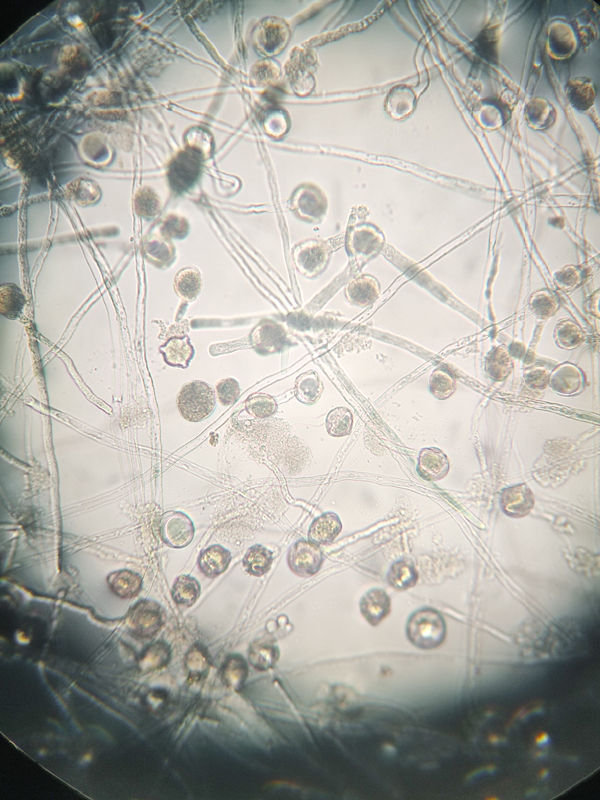অক্টো. . 21, 2024 21:32 Back to list
pollination pollen of kiwifruit in orchard service
Pollination of Kiwifruit in Orchard Service
Kiwifruit, known for its vibrant green color and unique taste, is not only a popular fruit but also a significant agricultural product in many regions. The successful cultivation of kiwifruit relies heavily on effective pollination, making this process crucial in orchard management. Understanding the intricacies of kiwifruit pollination can greatly enhance yield and fruit quality, ultimately benefiting orchard services and the agricultural economy.
In kiwifruit cultivation, meticulous attention must be paid to the plant's reproductive biology. Kiwifruit plants are dioecious, meaning individual plants are either male or female. To achieve successful pollination, both male and female plants must coexist, necessitating strategic planning in orchard layout. Research indicates that a ratio of one male plant for every five to seven female plants is optimal for ensuring adequate pollination, although local conditions may influence this ratio.
Pollination occurs when pollen from male flowers is transferred to female flowers, primarily through the activity of pollinators. Honeybees are the most effective pollinators for kiwifruit due to their foraging behavior and ability to transfer pollen efficiently. Therefore, ensuring a healthy population of honeybees within the orchard is vital. Orchard managers can enhance pollinator activity by planting attractive floral resources nearby and avoiding pesticide use during peak flowering periods.
pollination pollen of kiwifruit in orchard service

Alongside honeybees, other pollinators, such as bumblebees and solitary bees, also contribute to kiwifruit pollination. Promoting biodiversity by fostering varied habitats and nesting sites for different bee species can lead to improved pollination services. Recent studies have shown that the presence of diverse pollinator communities not only increases fruit set but also improves the overall quality of the fruit.
The timing of flowering is another critical aspect of kiwifruit pollination. Understanding regional climatic patterns and the specific flowering times of male and female plants can help orchard managers synchronize the blooming phases to maximize flowering overlap. This synchronization is particularly important as kiwifruit blooms over a short period, making it essential for all pollinators to efficiently access the flowers at the right time.
Moreover, the integration of technology in monitoring both pollinator populations and flowering stages can be revolutionary. Utilizing drones for aerial surveys can help orchard managers assess plant health and optimize pollination dynamics. Such innovations enable a more precise and sustainable approach to orchard management.
In conclusion, effective pollination is fundamental to successful kiwifruit production. By understanding the biology of kiwifruit plants, promoting healthy pollinator populations, and leveraging technological advancements, orchard services can significantly enhance yields and fruit quality. This holistic approach will not only benefit kiwifruit growers but also contribute to the sustainability of agricultural ecosystems.
-
Pollen Peach Tree for Pure Pollination and High-Quality Peach Pollen
NewsJul.30,2025
-
Premium Cherry Pollen for Pure Pollination & Different Types
NewsJul.30,2025
-
Artificial Pollination Solutions for Various Plant Pollen Types
NewsJul.29,2025
-
Artificial Pollination Solutions for All Plant Pollen Types
NewsJul.29,2025
-
Premium Plant Pollen for Pure Pollination & Pollen Block Solutions
NewsJul.29,2025
-
Artificial Pollination Solutions for Efficient Crop Yields
NewsJul.28,2025